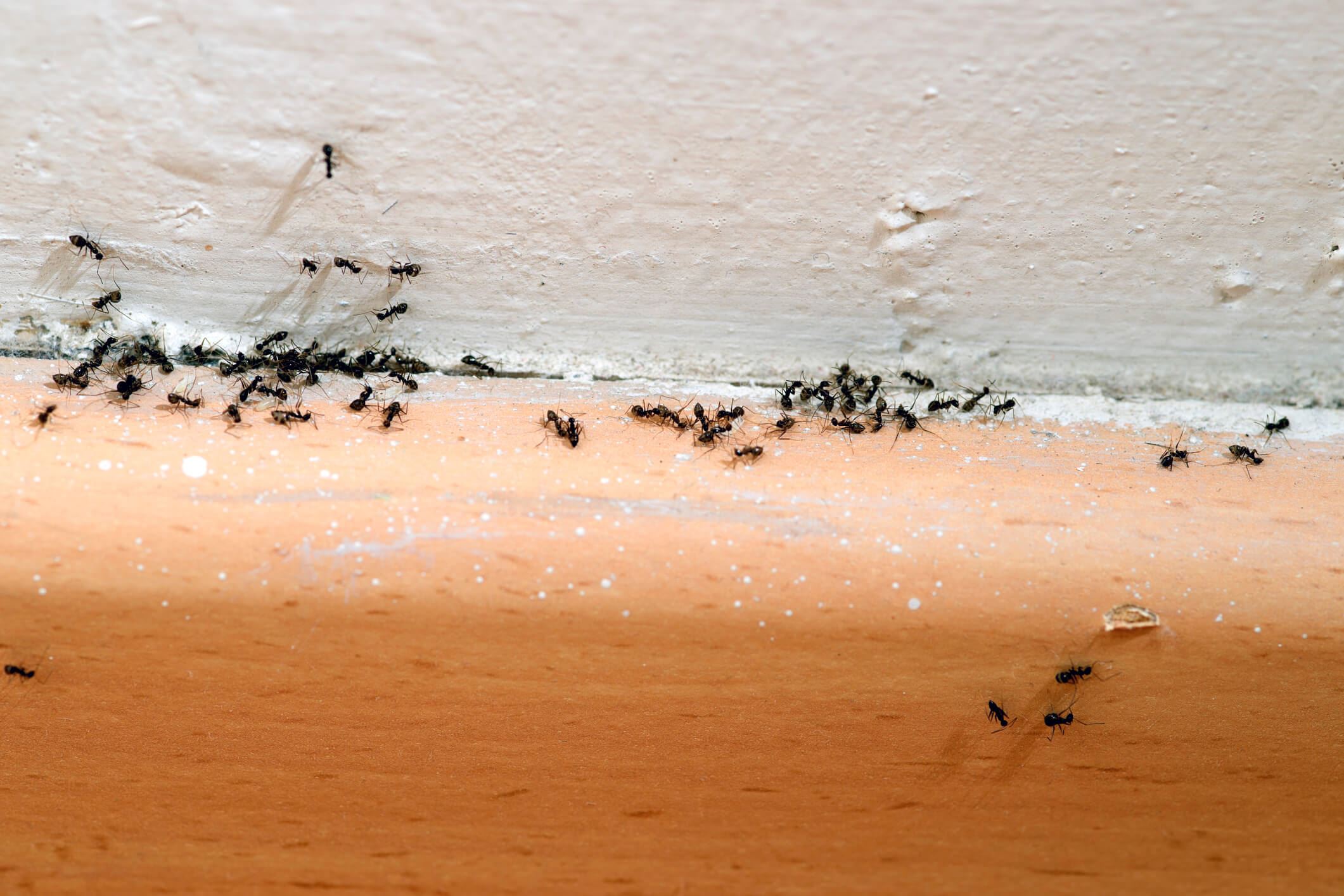Passover 2023: A Guide to Celebrating the Jewish Festival

Passover 2023 begins tonight, and Jewish communities around the world are getting ready to celebrate. For those unfamiliar with the holiday, here’s what you need to know.
What is Passover?
Passover, or Pesach in Hebrew, is an eight-day Jewish holiday commemorating the Israelites’ liberation from slavery under Pharaoh in ancient Egypt. The story of Passover is told in the Book of Exodus, which is part of the Torah, the principal sacred text of Judaism.
The seder: A journey through the story
The seder is a ritual meal that takes place on the first two nights of Passover. It features specific foods that symbolize elements of the Passover story. The most well-known of these is matzah, the unleavened bread that the ancient Hebrews gathered in their haste to leave Egypt.
Other symbolic foods on the seder plate include maror, bitter herbs like lettuce or horseradish, to represent the hard years of slavery; charoset, a mixture of apples, nuts, and wine that symbolizes the mortar used when the Israelites were enslaved; a roasted egg that symbolizes mourning for the destruction of the Temple; karpas, parsley or celery, representing the green of spring; a shank bone to represent the sacrificial lamb offered on the eve of the Exodus; and four cups of wine or grape juice to celebrate freedom.
The seder is outlined in a Haggadah, a guide that outlines the meal for participants and usually includes stories, songs, and prayers. There are many different versions of the Haggadah available in print and online, and some people even create their own custom version.
Why is this night different?
According to Rabbi Sara Adler of Michigan Medicine’s Spiritual Care Department, the youngest child at the seder traditionally starts off by asking the Four Questions. These questions contrast the differences between this meal and all other meals of the year and include the reasoning behind why participants recline, dip certain seder plate elements into others, and eat certain types of food.
But Rabbi Adler encourages everyone to ask questions because it’s through discussion that participants can go deeper into the story. “We try to get to the core of what it means to be free,” she said. “With injustices in the world around us, how do we, as a Jewish people, take it upon ourselves to help correct some of the injustices that we see, based upon our own experience of having suffered in history as slaves?”
Pesach as a metaphor
For Rabbi Adler, the Passover story is not only a commemoration of a people’s liberation from bondage. It carries strong parallels to her work as a chaplain. “There’s a particular understanding of the Hebrew word for ancient Egypt, mitzrayim, which translates to: ‘in a narrow space, a place of being constricted.’ And our hope is that we go from being in a place of narrowness, of being constricted, into a space of openness, wideness, and abundance.
“So, as we’re thinking about the experience of illness or chronic issues that bring patients into our health care system,” continued Rabbi Adler. “It’s possible that someone may experience Passover in terms of how they relate to their own body and the things that limit them from being fully free. And in the context of Exodus, perhaps the journey to find healing is another expression of seeking abundance, hope, and freedom.”




